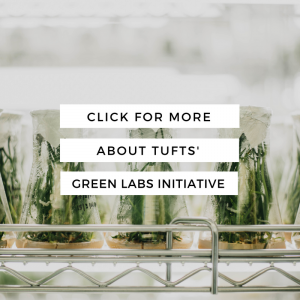
As we shift out of our winter hibernation and spring graces us with its sunny rays, it is time to celebrate Earth Month. The month of April, surrounding the main event—Earth Day on the 22nd—is a reminder to pay close attention on our environmental impact, remind ourselves of the ways we can make a positive difference, and join movements to protect our communities from the burden of environmental degradation and climate change. Here are some ways we can all reduce our impacts and reconnect with the environment:
- Bring your reusable water bottle with you to rehydrate on the go. You can find hydration stations on the Eco-Map.
- Turn the lights off when you leave your room.
- Get a coffee in a reusable mug at cafés on campus including The Rez, Brown and Brew, and Commons and receive a discount!
- Reduce food waste – Only take what you can eat in the dining centers.
- Eat meatless on Mondays – the Eco-Reps are in the dining centers every Monday night from 5pm-7pm.
- Donate unwanted clothes to the Eco-Reps Earth Day clothing swap.
- Participate in Zero waste week with the Eco Reps.
- Recycle – Take our recycling quiz and see if you know what should go in the new mixed recycling bins!
- Attend an Earth Month event.
- Volunteer with the Tufts Food Rescue Collaborative to divert more of Tufts’ food waste and feed people who need it.
- Learn about one of Tufts’ LEED-certified spaces.
- Fill out our Green Office Certification checklist and receive a plaque recognizing your office’s sustainability efforts. Click here to see the list of offices that are already certified.
- Carpool, vanpool, bike, walk, or take public transit to work instead of driving.
- Head to the Bike Fix-It Station near the Campus Center to pump up your tires before you head out.
- Say hello to your Eco-Reps and Eco-Ambassadors.
- Bring your own place setting to events serving food instead of using disposable dishware.
- Register your bike with TUPD.
- Plug your electric items into a power strip and turn off the strip when you aren’t using it to save energy.
- Remember to bring your reusable bags when you head to the grocery store.
- Get your hands in the dirt with Tom Thumb’s Student Garden.
- Take shorter showers.
- Turn the heat down a few degrees when you go to bed at night and snuggle up with fuzzy socks and an extra blanket instead.
- Wash your laundry in cold water to preserve their colors and save the energy spent on heating the water.
- Recycle your e-waste—like batteries, broken headphones, and ink cartridges—in the bins located in your residence hall. If you are not sure where the closest bin is, ask your Eco-Rep.
- Terracycle your energy bar wrappers and chip bags at on-campus locations shown on our Eco-Map.
- Download the Eco-Map to learn about sustainability resources on the Medford/Somerville campus.
- Download the Bike Guide for more info on cycling resources on the Medford/Somerville campus.
- Learn about sustainable transportation options with the Boston & Grafton commuter brochures.
- Attend an Environmental Studies Lunch & Learn.
- Subscribe to the Sustainability at Tufts newsletter.






Find Us On Social Media!